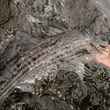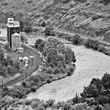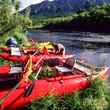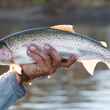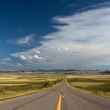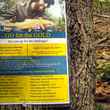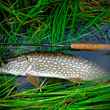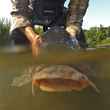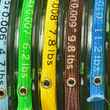Frank let the oars hang loose in the locks as the current pulled the boat towards the takeout. The day had started early but fall days also end early and Frank was looking forward to a cold beer, reheated pizza and fast forwarding through commercials on the DVR.
As the bow of the boat grated against the bank Frank hopped out and steadied the craft. While Frank's attention was focused on ensuring that neither of the sports went swimming he couldn't help glancing up the road to the empty space where his truck should have been parked. Had Seth left him stranded?
Not wanting to trouble the anglers, Frank chatted them up about the better fish of the day hoping that while he was stowing the gear Seth would roll in. After fifteen minutes of stalling he finally let the sports in on the problem hoping it won't affect his tip.




